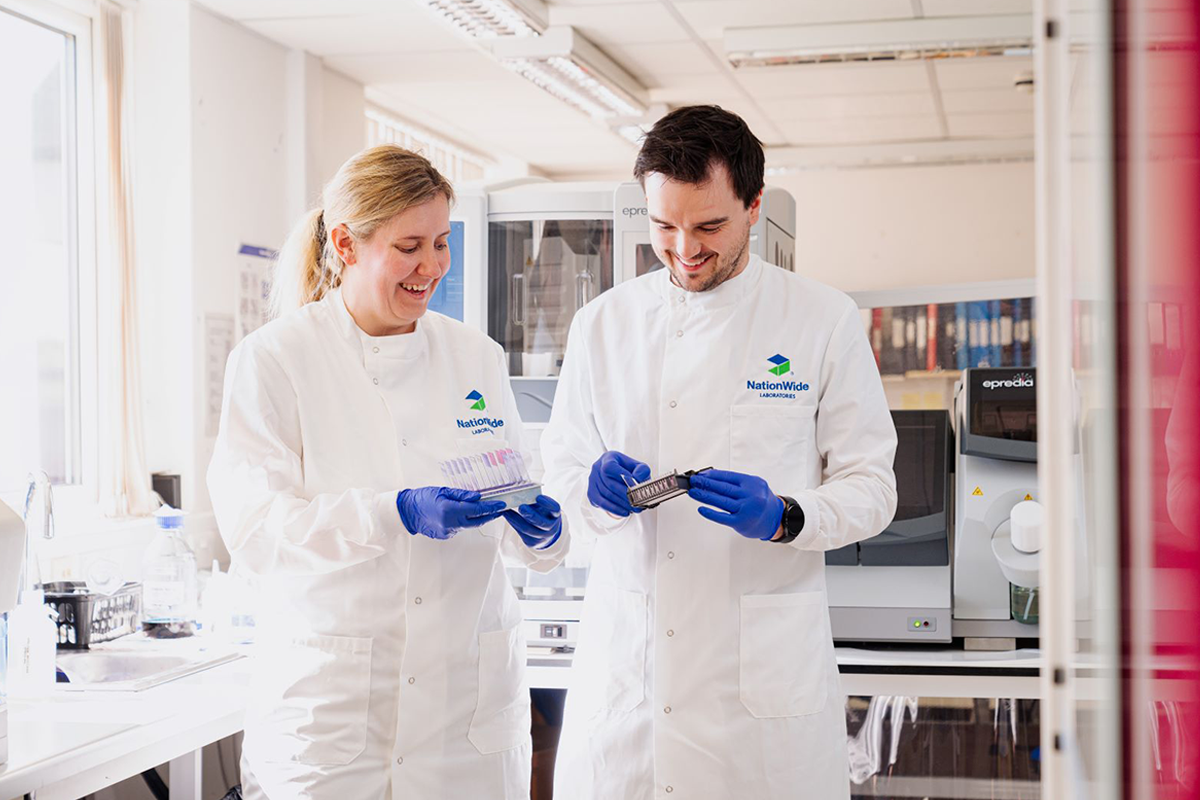Soft tissue sarcoma: case study

An eight-year-old male Labrador presented with ongoing history of lameness. Clinical examination revealed marked swelling of the right elbow. A mass was noted close to the elbow joint and was suspected to affect joint mobility.




